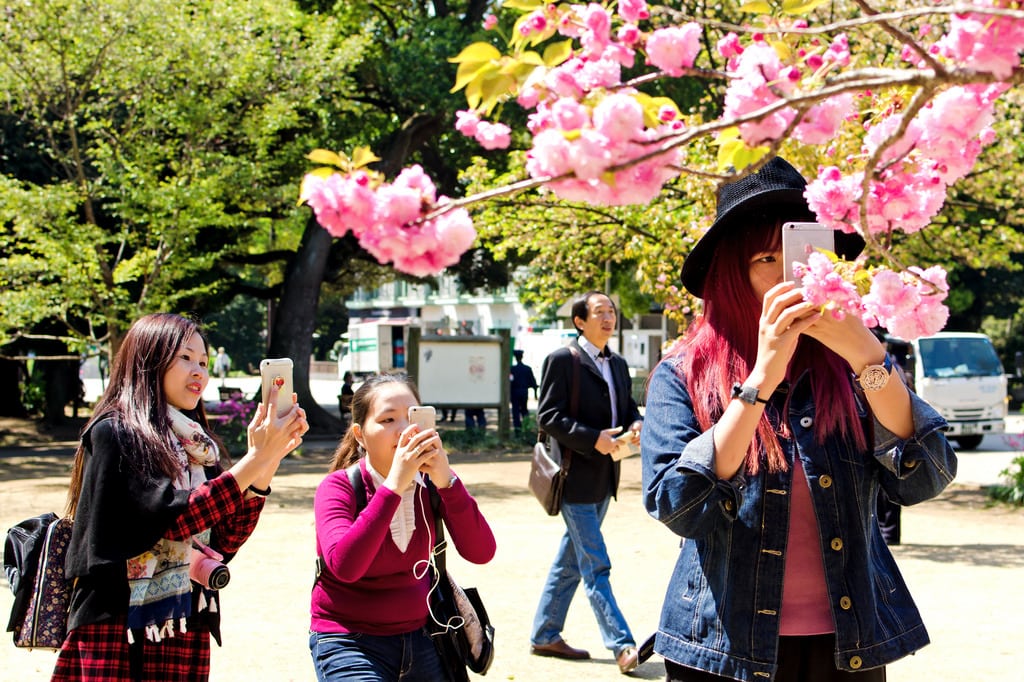Skift Take
Smart travel companies already know that the Chinese travel market will be absolutely crucial to their future growth and success. But the way they approach that market is what counts, and to do so, they need to be well-informed and tech savvy.
No one in the travel or hospitality industries wants to miss out on the incredible billion-dollar opportunity that is the gigantic Chinese travel market, and Marriott International is no exception.
To do just that, the company is not only looking to expand its portfolio of hotels in the region, but it also wants to establish more of a digital connection to Chinese travelers too, primarily through the use of WeChat, Alipay, and its own Marriott Rewards mobile app.
“As Chinese travelers continue to take their travel aspirations further, we need to grow with them and understand what they want, and how we can meet their needs,” said Peggy Fang Roe, chief sales and marketing officer, Asia-Pacific for Marriott International. “What we’re most proud of is how we have utilized the social platform WeChat — China’s most popular messaging app — to make guests’ lives easier.”
Pointing to research compiled by the Hurun Research Institute for a Chinese Luxury Traveler 2016 study, commissioned by Marriott, Fang Roe said “Chinese travelers are very tech-savvy.”
“Young, affluent travelers in China prefer electronic and digital guest services. Hence, we now offer our members the opportunity to connect with Mandarin-speaking concierge service assistants via WeChat at any stage of their travels, as part of the Li Yu program,” Fang Roe noted.
The Li Yu program debuted as a pilot in 2012. At the time it offered just a few services, such as Chinese-language communications and in-room entertainment, the addition of Chinese menu items in hotel and in-room dining, bathrobes, slippers, and room assignments featuring the numbers “6” and “8” (because they’re considered lucky).
Marriott wasn’t alone at the time, either. Its peers, including Hilton and Starwood, also launched similar Chinese traveler hospitality programs.
Today, four years later, however, those programs have evolved, becoming much more technologically savvy, insightful and no longer just about food preferences.
The WeChat concierge, for example, is available for Chinese guests to message no matter where their travels take them around the world, and the Li Yu program itself is now available in 41 hotels worldwide in cities that include Paris, London, Dubai, Tokyo, Osaka, Seoul, and Bangkok.
Additionally, Marriott is communicating with Chinese guests via Weibo and the company’s own Marriott Rewards app. Chinese travelers can also pay via Alipay at select hotels in China and throughout Asia, something Marriott launched last year.
In the U.S., messaging capabilities within the Marriott Rewards app are being slowly rolled out and Marriott’s primary strategy for enabling guest messaging with U.S. travelers is through its proprietary app. However, in China, it’s clear that Marriott wants to give Chinese travelers more options to communicate with the company whether it be through its own app or another messaging application like WeChat.
Why is Marriott so focused on engagement with Chinese travelers, and why is it taking a different approach in China than it is in the U.S. market?
Fresh off its $13.3 billion acquisition of Starwood Hotels & Resorts in September, Marriott now has about 260 hotels in China, with another 300 in the pipeline. And like many other U.S.-based hospitality companies, Marriott is realizing that to succeed in China, it needs to take a highly tailored, mutli-channel approach to engagement.
In other words, what might work well in other regions, or other Asia-Pacific destinations, won’t necessarily apply in China.
By 2020, there will be an estimated 234 million Chinese outbound travelers and in the first quarter of 2016, Marriott alone saw a 7-percent increase in the number of domestic travelers in China, and a 25 percent increase in Chinese travelers staying in Marriott hotels outside of China, said Fang Roe.
She added that demand for a wider range of hotel properties to choose from within China is also emerging. “We are also seeing strong demand for quality hotels, especially mid‐range hotels as well as growth of leisure travel in China. One of the examples is our partnership with Eastern Crown to launch Fairfield by Marriott, a new affordable mid‐range hotel for travelers across China. We also notice most significant growth in second- and third‐tier cities in China due to the rising demand for meetings, conferences, incentives and exhibitions.”
Simply put, she said, “China obviously is also one of the world’s largest outbound travel markets.”
Although Marriott’s engagement with Chinese travelers is taking on a variety of different forms, from using WeChat and Weibo to Alipay and the mobile app, at its heart, it’s not necessarily all that different from how Marriott approaches customer engagement worldwide.
True to the name of the “Li Yu” program, it’s more about “serving with courtesy,” and the understanding that you can’t necessarily generalize how an entire group of millions of travelers will want to experience the world.
Chinese tourists are just as complex in their travel needs as any other traveler out there. But by personalizing their travel experiences through the use of these high-tech, high-touch channels, Marriott is one step ahead in better understanding those needs, and being their first, and preferred, point of contact.
Have a confidential tip for Skift? Get in touch
Tags: china, loyalty, marriott, messaging
Photo credit: Chinese travelers visiting Japan. Marriott International is making an even more concerted effort to provide a range of services specific to Chinese travelers through the evolution of its Li Yu hospitality program. Toshihiro Gamo / Flickr
